Leidos has unveiled its Sea Dagger design, pitching it as a contender for the Royal Navy’s future Commando Insertion Craft programme.
The company says the concept brings together speed, range, vehicle delivery and modular mission systems in a way not previously available at this scale.
The UK Commando Force (UKCF) initiative seeks 24 medium surface insertion craft able to deploy strike teams, light tactical vehicles, offboard systems and combat loads from long range. Leidos argues Sea Dagger offers the blend of autonomy, survivability and endurance needed to meet that requirement.
According to the company, the vessel can exceed 40 knots and is designed with operational resilience in mind, including maintainability and repairability under stress. It incorporates Leidos’ Trusted Mission AI, autonomous systems, and integrated weaponry, and has been developed in collaboration with Royal Navy stakeholders and UKCF subject matter experts.
Adam Clarke, chief executive of Leidos UK & Europe, said: “Sea Dagger represents a pivotal step in equipping the UK Commando Force with the capability to operate with greater agility, survivability and intent in a complex and congested maritime environment. The Leidos design reflects our commitment to delivering resilient, future-ready platforms that can adapt to the complexities of modern warfare.”
The company frames the craft as aligned with both the 2025 Strategic Defence Review’s call for “warfighting readiness” and AUKUS Pillar 2’s focus on maritime autonomy and advanced technologies.
Leidos claims that Sea Dagger is not simply a modern landing craft, but a platform shaped by lessons from contemporary conflicts, with sensors, weapons and command systems intended to give commandos an edge in contested littoral zones.


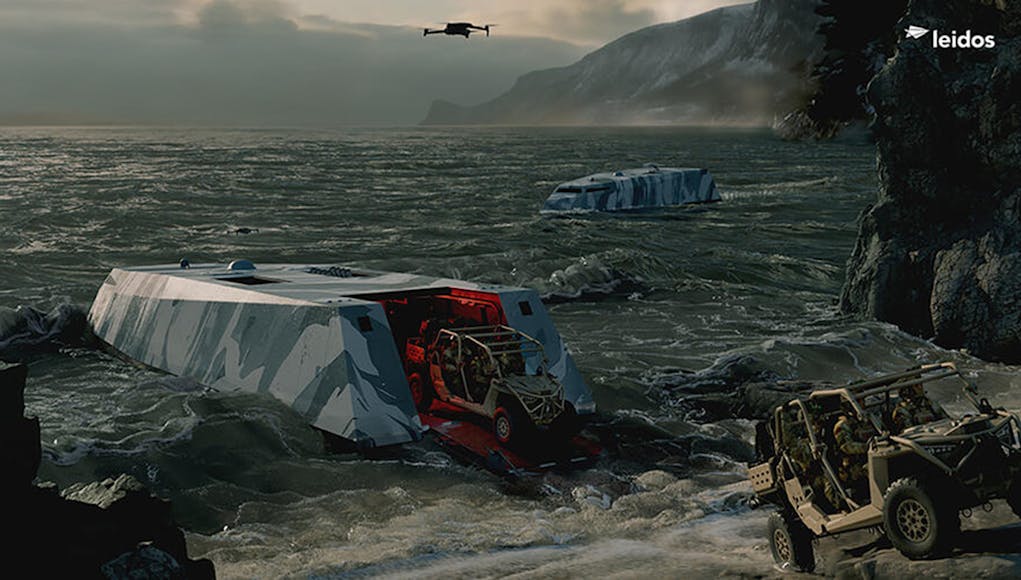


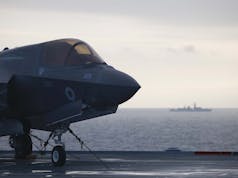
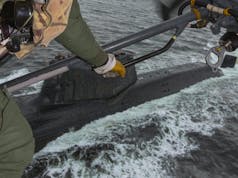

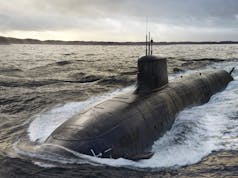


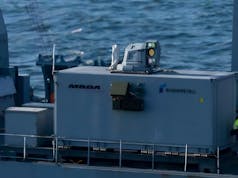


We have got British companies that can develop these boats – we shouldn’t buy-in American – and judging by their website this is a ‘Fake it until you make it’ concept. see https://www.leidos.com/insights/leidos-unveils-sea-dagger-design-advance-uk-maritime-autonomy-capabilities
So we need a consultation period of five years, followed by trials, then a discussion of alternatives. By the end of the process they’ll cost £50 million each and won’t be thought to be cost effective. Only joking ??
Sounds about right🤔😒
History might suggest you are right. Finance on drones etc. suggest that an appropriate approach should be to let defence companies build a dozen s proof of concept basis with HMG covering the costs of the build and putting in a massive order for the best solution(s).
This design bears an uncanny resemblance to Steller’s CIC concept, with the same stern door and bow anchor. Pretty much the only change is that the rear end has been extended to double the vehicle and troop capacity. It looks like a good fit but where would a US contractor build them?
Leidos bought the IP for it when Steller folder
*folded
It’ll add to the cost and complexity but would it make sense to add some self defence for example 40mm or starstreak launcher? Just thinking with the amount of drones and cheap missiles that even militant groups have now shouldn’t they have a bit more self defense than just being fast and I’m guessing decoy launchers.
if this ever comes to fruitarian.
what country I ask will get it first,
and will we . if ever. get it second hand from the Americans.
just wondering. Like.??
Interesting, stern unloading.
Does this replace LCU as well as LCVP?
No, as you can see the maximum vehicle payload is just 2 beach buggy MRZRs, or maybe a Jackal if the crew breathe in! Unless we want to leave all of the heavy stuff to Mexeflotes or we decide we don’t need heavy lift, we will need a separate LCU replacement.
I quite like the stern unloading, it uses an anchor to drag the thing off the beach (which was tested by Steller in their subscale demonstrator) and it means a quicker escape, which is probably the most dangerous bit of a raid as the enemy has fully woken up by then! It also allows for the much more streamlined bow, which would be useful on long transits.
That’s my worry, mate.
LCU is binned.
We have no ships that can take it except the Bays, which can carry ONE. One.
What’s the point?!
The RM have gone light raiding.
Well go light raiding then, what do you want a LCU that can carry a Tank for.
LCVPs can carry MRZR, Polaris buggy.
Note, I’m against what the RM are doing, I”d prefer them remaining a LI Bde with some lift ability.
If they are now talking that a MRSS needs to be over 120km from the shore line. Travelling that distance in heavy seas in a LCVP type craft with a flat bottom, thanks but no thanks!
Yes, that’s why I like the pointy bow-ed designs!
Both BAE’s and BMT’s CICs are very flat bottomed, I think they’d slam quite badly at high speeds. Griffon’s is part hovercraft so there would be fewer problems, but it is also too big for the requirement really.
PS have you seen the new T83 article showing the new concept? I think it’s on the Telegraph.
Sorry, the article is mostly about T91 but it does include a new T83 concept with a huge new fixed radar
Yes managed to look at the image, definite T26 vibes. Looks like the large fixed panel arrays will have an elevation of +60 to 70 degrees. Whereas the higher and smaller fixed panels are tilted much further back, maybe as much as 30 degrees. Which could be a problem. The further back the panel is tilted the longer the minimum detection range will be. If these panel are supposed to be looking for sea skimmers, the radar may detect it as pops over the horizon, then looses it as it approaches the ship. You really want the minimum detection distance as close to the ship as possible. Especially if the ship’s autocannons are directed by it. The radar mast looks absolutely massive though!
Maybe they think that passive sensors are now reliable enough to be trusted with the CIWS role?
I’m kind of surprised that no one has come up with a design based on the semi-submersible Narco subs?
That’s my worry, mate.
LCU is binned.
We have no ships that can take it except the Bays, which can carry ONE. One.
What’s the point?!
The RM have gone light raiding.
Well go light raiding then, what do you want a LCU that can carry a Tank for.
LCVPs can carry MRZR, Polaris buggy.
Note, I’m against what the RM are doing, I”d prefer them remaining a LI Bde with some lift ability.
Wouldn’t it be a good idea to decide which ship we are using first? This way we can choose whatever fits in the ship rather than trying t fit a ship around a Landing Craft?